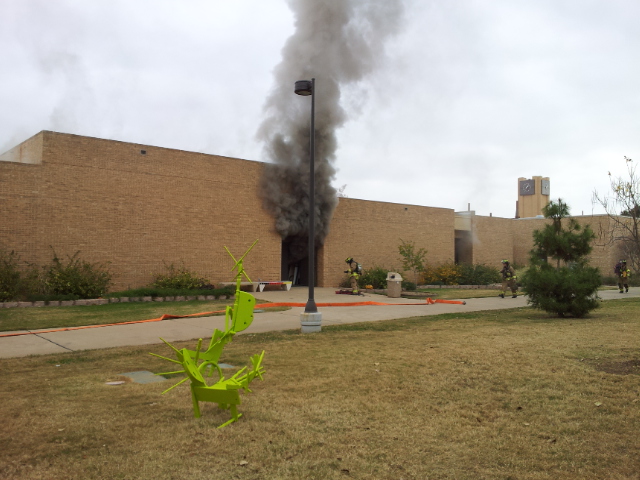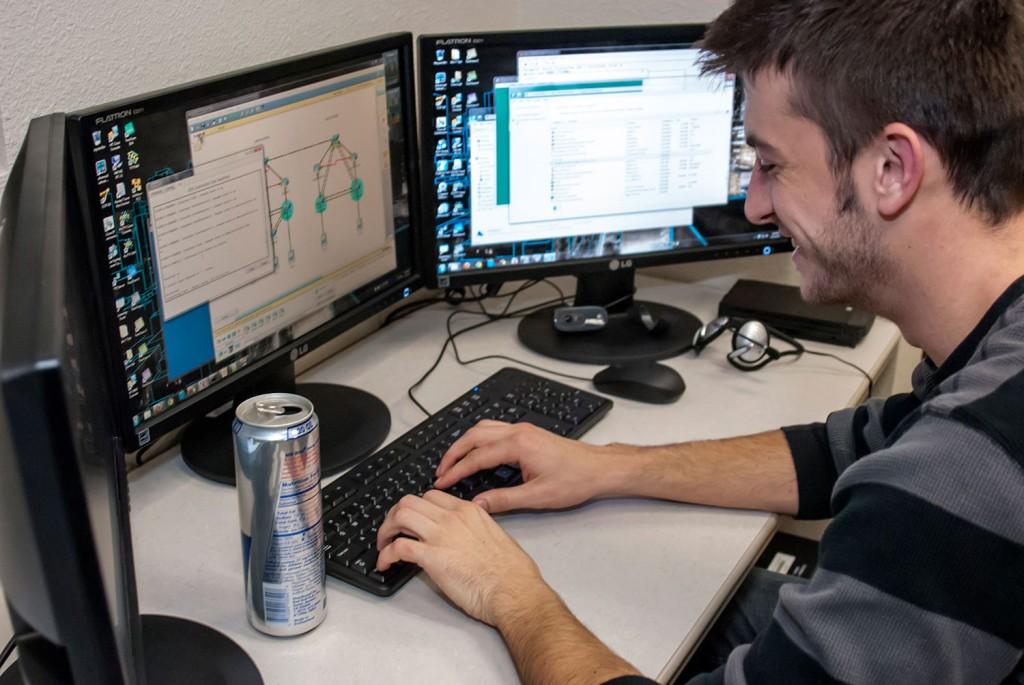Tabitha Redder/reporter
Social anxiety is the third most common psychiatric disorder, a NW counselor told seminar attendees Nov. 26.
“Ninety percent of those who participated in a study said they exhibit signs of shyness in some situations.” Jamie Stroud said in Shake Your Shyness: Overcoming Social Anxiety.
A common misconception exists that shyness and social anxiety are interchangeable terms, Stroud said.
“To be shy is to be timid or uncomfortable in the presence of others,” she said. “But social anxiety is a fear of social situations and interactions along with a fear of being judged negatively by others. It’s considered a mental disorder when it interferes with a person’s ability to perform tasks.”
Symptoms of social anxiety can include feelings of self-consciousness, blushing, sweating, tremors and lack of eye contact, Sroud said.
“Normal social anxiety is a positive thing,” she said. “It increases our attention to social interactions and makes us more aware of what’s going on. It helps motivate and prepare us.”
Stroud also explained the shyness continuum, saying the far left side of the continuum represents plain shyness while the far right is social anxiety disorder.
“This is a fluid line, so we can all be found along this continuum at different times,” she said. “If I’m going about my workday as usual, I’m probably on the left end. But if I’m doing something I’m really uncomfortable with, I’m headed toward the right.”
Treatments for social anxiety can range from positive self-thoughts to role-playing to prescribed medications although medication isn’t usually the best option for those suffering with the disorder, Stroud said.pop over here4 simple ways to improve your healthvintagesaxcoque de telephone avec cordonphone case store near mehandyhülle nachhaltigs21 phone case
“We’re a medication society,” she said. “We’re preoccupied with medication.”
Medication works by alleviating the physiological symptoms of anxiety (blushing, sweating and tremors), but research shows that it’s not sufficient without proper cognitive behavioral intervention because the underlying causes of the disorder still exist, Stroud said.
“Therapy gets challenging,” Stroud said. “It’s time-consuming and expensive. But typically someone who is on medication and not attending therapy isn’t doing as well as someone who is practicing both.”
Sophomore Kelsey Dudek said the seminar helped her understand the disorder as well as the different levels of social anxiety.
“I think it’s important to stay in touch with reality,” she said. “People should try to find productive outlets for their anxiety like painting or reading.”



























